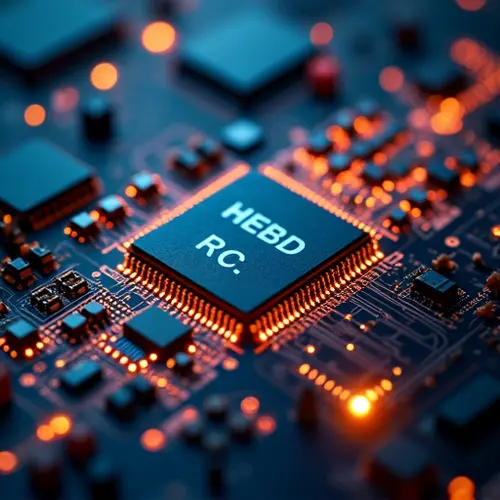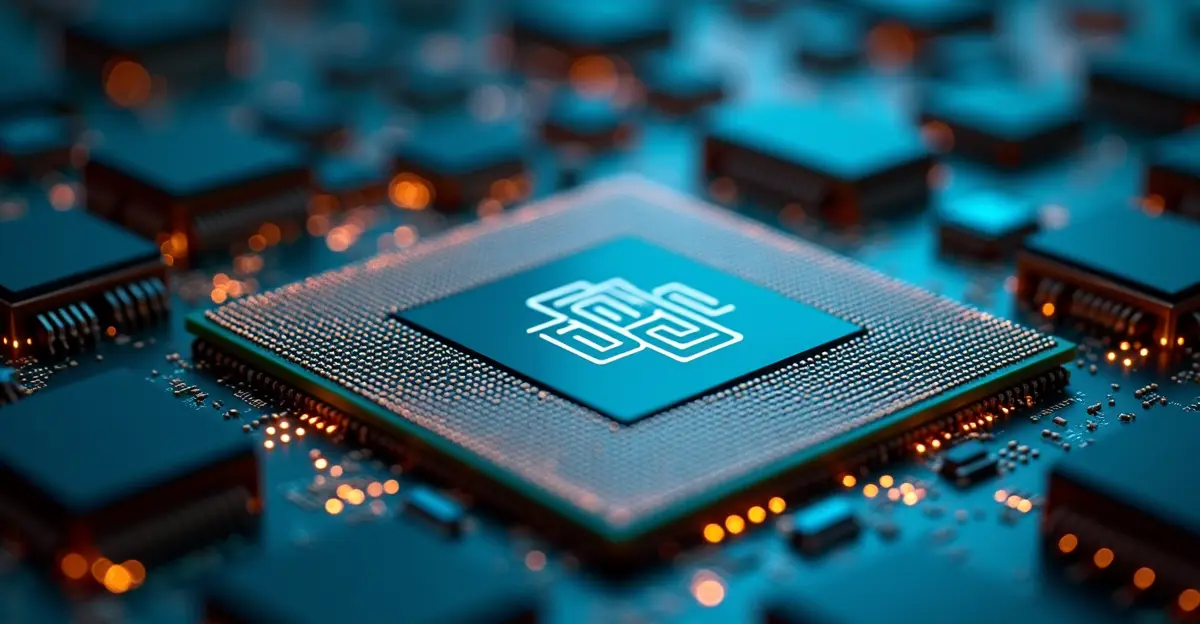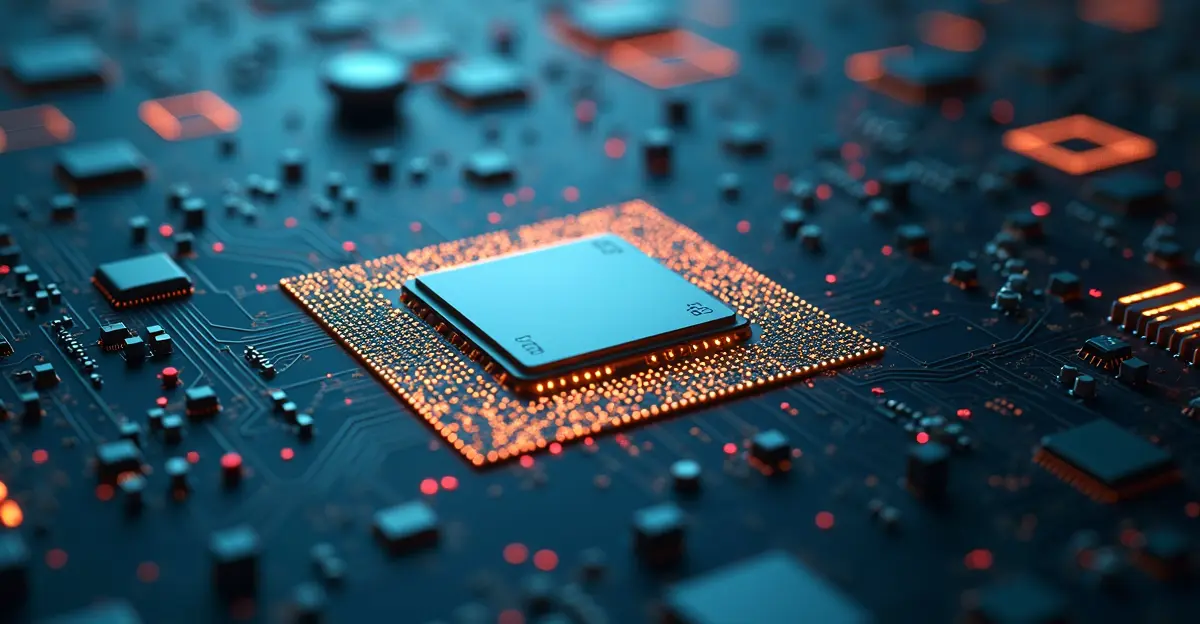Global semiconductor consortium announces 18 new fabs in 2025, driven by $1 trillion investments, geopolitical tensions, and job creation. Expansion spans multiple regions with advanced nodes growing 16% annually.

Massive Expansion in Semiconductor Manufacturing
In a landmark announcement that signals a major shift in global technology strategy, a global semiconductor consortium has revealed plans for 18 new fabrication facilities set to begin construction in 2025. This unprecedented expansion represents the industry's largest coordinated investment in decades, with projects spanning multiple continents and involving both established players and emerging nations.
Investment Incentives Driving Growth
The semiconductor industry is projected to invest approximately $1 trillion in new fabrication plants through 2030, with 2025 marking a critical acceleration point. According to SEMI's World Fab Forecast report, the industry will start construction on three 200mm and fifteen 300mm facilities this year, with most expected to become operational between 2026-2027.
'The scale of investment we're seeing is unprecedented,' says Dr. Michael Chen, a semiconductor industry analyst. 'Governments worldwide are recognizing that semiconductor manufacturing isn't just about economic competitiveness—it's about national security and technological sovereignty.'
Geopolitical Implications Reshape Industry
The expansion comes amid growing geopolitical tensions that are fundamentally reshaping global semiconductor investment patterns. Taiwan's dominant position in advanced chip manufacturing through TSMC has created strategic vulnerabilities, prompting massive reshoring efforts worldwide. The United States has announced over $480 billion in semiconductor investments between 2024-2025, including major projects from Texas Instruments, Micron, and TSMC supported by CHIPS Act subsidies.
'We're witnessing the fragmentation of global supply chains into regional blocs,' notes Sarah Johnson, a geopolitical risk consultant. 'Nations are treating semiconductor manufacturing as strategic assets comparable to 20th-century oil reserves.'
Job Creation and Economic Impact
The new fabs are expected to create hundreds of thousands of high-skilled jobs across multiple regions. The industry faces a critical talent shortage requiring one million skilled workers by 2030, presenting both challenges and opportunities for workforce development.
'Each new fab represents not just technological advancement but economic transformation for the regions that host them,' explains Maria Rodriguez, an economic development specialist. 'We're talking about high-paying jobs, supply chain development, and long-term economic resilience.'
Regional Distribution and Strategic Positioning
The regional distribution of new projects shows the Americas and Japan leading with four projects each, followed by China and Europe & Middle East with three each, Taiwan with two, and Korea and Southeast Asia with one each. This balanced approach reflects the industry's response to growing demand from generative AI, high-performance computing, automotive, and IoT sectors.
Global semiconductor capacity is forecast to grow 6.6% in 2025 to 33.6 million wafers per month, with advanced nodes (7nm and below) showing the strongest growth at 16% annually. Foundry capacity is expected to increase 10.9% year-over-year to a record 12.6 million wafers per month.
Challenges and Future Outlook
Despite the massive investments, significant barriers remain. Higher capital and operating costs in Western markets compared to Asian facilities, material demands, logistical issues, and the complexity of rebuilding entire semiconductor ecosystems present ongoing challenges.
'The transition from globalized production to regional self-sufficiency will inevitably increase chip costs,' warns Dr. Chen. 'But nations are willing to pay that premium for supply chain security and technological independence.'
The semiconductor industry's transformation reflects a fundamental shift from pure economic efficiency to strategic resilience, with advanced chip fabs becoming the new measure of technological leadership in the 21st century.

 Nederlands
Nederlands
 English
English
 Deutsch
Deutsch
 Français
Français
 Español
Español
 Português
Português









